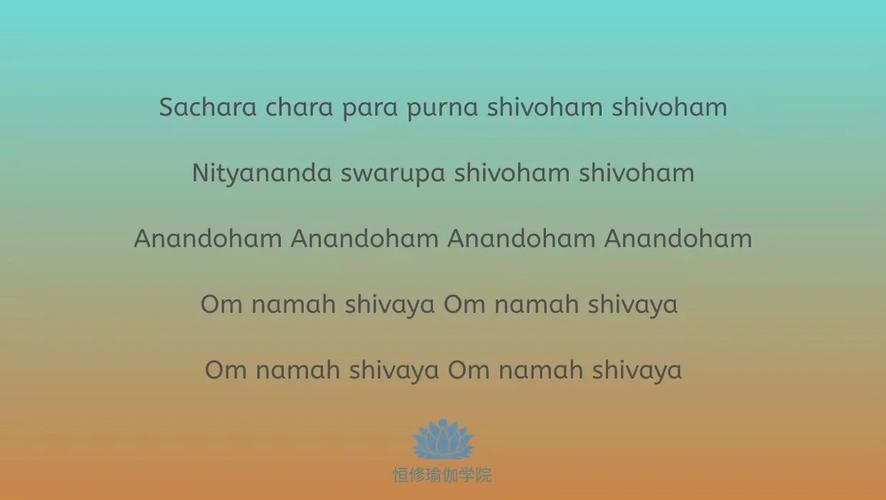Om Jai Shiva: A Deep Dive into the Hindu Deity
Om Jai Shiva is a phrase that resonates deeply within the hearts of millions of Hindus around the world. It is a devotional expression that acknowledges the supreme power of Lord Shiva, one of the principal deities in Hinduism. This article aims to provide a comprehensive overview of Shiva, his significance, and the various aspects of his worship.
Who is Lord Shiva?
Lord Shiva, also known as Mahadev, is the third aspect of the Hindu trinity, which includes Brahma (the creator) and Vishnu (the preserver). Shiva is often depicted as the destroyer, but his role is much more complex. He is the remover of obstacles, the transformer, and the ultimate reality. His presence is felt in the form of the Ganges, the river that flows through India, and in the form of the lingam, a symbol of his eternal existence.
Symbolism and Iconography
Shiva is represented in various forms, each with its own significance. The most common form is the lingam, which symbolizes the infinite and eternal nature of Shiva. Another popular form is the Nataraja, the Lord of Dance, which represents the cosmic dance of creation, preservation, and destruction. Shiva is also depicted with a third eye, which signifies his ability to see the truth and his power to destroy evil.
| Symbol | Meaning |
|---|---|
| Lingam | Symbolizes the infinite and eternal nature of Shiva |
| Nataraja | Represents the cosmic dance of creation, preservation, and destruction |
| Third Eye | Signifies his ability to see the truth and his power to destroy evil |
Worship and Rituals
Worshiping Lord Shiva involves various rituals and practices. One of the most common rituals is the offering of milk, butter, and water to the lingam. Devotees also perform aarti, a ritual where they light lamps and offer incense to Shiva. Another important ritual is the Tandava, a dance performed by Shiva that symbolizes the cosmic dance of creation and destruction.
Temples and Pilgrimages
There are numerous temples dedicated to Lord Shiva across India and other parts of the world. Some of the most famous Shiva temples include the Kashi Vishwanath Temple in Varanasi, the Golden Temple in Amritsar, and the Lingaraja Temple in Bhubaneswar. These temples attract millions of devotees every year who come to seek the blessings of Lord Shiva.
Shiva’s Role in Hinduism
Lord Shiva plays a crucial role in Hinduism. He is considered the ultimate reality, the one who transcends all forms and names. Shiva is also the god of yoga, and his teachings have had a profound impact on the practice of yoga. He is the god of transformation, and his devotees seek his guidance in overcoming obstacles and achieving spiritual enlightenment.

Shiva’s Influence on Indian Culture
Shiva’s influence can be seen in various aspects of Indian culture, including music, dance, and art. The Nataraja form of Shiva is a significant inspiration for many dancers and musicians. The lingam, as a symbol of Shiva, is often used in art and architecture, and the Ganges, as a manifestation of Shiva, is deeply revered by millions.
Conclusion
Om Jai Shiva is more than just a phrase; it is a profound acknowledgment of the eternal and infinite nature of Lord Shiva. His significance in Hinduism and Indian culture cannot be overstated. As devotees continue to seek his blessings and wisdom, the legacy of Shiva will undoubtedly continue to inspire and transform the lives of millions.




